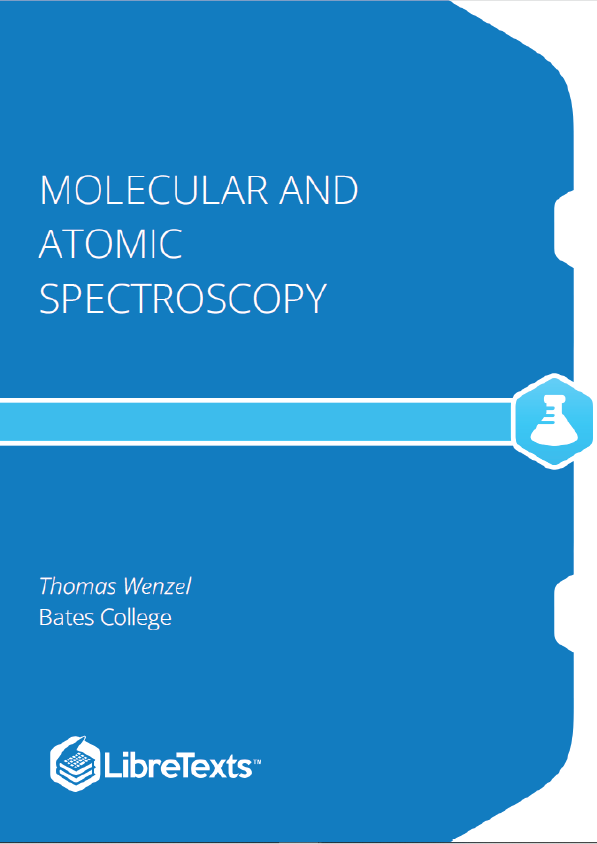What factors influence the absorbance that you would measure for a sample? Is each factor directly or inversely proportional to the absorbance?
One factor that influences the absorbance of a sample is the concentration (c). The expectation would be that, as the concentration goes up, more radiation is absorbed and the absorbance goes up. Therefore, the absorbance is directly proportional to the concentration.
A second factor is the path length (b). The longer the path length, the more molecules there are in the path of the beam of radiation, therefore the absorbance goes up. Therefore, the path length is directly proportional to the concentration.
When the concentration is reported in moles/liter and the path length is reported in centimeters, the third factor is known as the molar absorptivity ( ). In some fields of work, it is more common to refer to this as the extinction coefficient. When we use a spectroscopic method to measure the concentration of a sample, we select out a specific wavelength of radiation to shine on the sample. As you likely know from other experiences, a particular chemical species absorbs some wavelengths of radiation and not others. The molar absorptivity is a measure of how well the species absorbs the particular wavelength of radiation that is being shined on it. The process of absorbance of electromagnetic radiation involves the excitation of a species from the ground state to a higher energy excited state. This process is described as an excitation transition, and excitation transitions have probabilities of occurrences. It is appropriate to talk about the degree to which possible energy transitions within a chemical species are allowed. Some transitions are more allowed, or more favorable, than others. Transitions that are highly favorable or highly allowed have high molar absorptivities. Transitions that are only slightly favorable or slightly allowed have low molar absorptivities. The higher the molar absorptivity, the higher the absorbance. Therefore, the molar absorptivity is directly proportional to the absorbance.
If we return to the experiment in which a spectrum (recording the absorbance as a function of wavelength) is recorded for a compound for the purpose of identification, the concentration and path length are constant at every wavelength of the spectrum. The only difference is the molar absorptivities at the different wavelengths, so a spectrum represents a plot of the relative molar absorptivity of a species as a function of wavelength.
Since the concentration, path length and molar absorptivity are all directly proportional to the absorbance, we can write the following equation, which is known as the Beer-Lambert law (often referred to as Beer’s Law), to show this relationship.
Note that Beer’s Law is the equation for a straight line with a y-intercept of zero.
If you wanted to measure the concentration of a particular species in a sample, describe the procedure you would use to do so.
Measuring the concentration of a species in a sample involves a multistep process.
One important consideration is the wavelength of radiation to use for the measurement. Remember that the higher the molar absorptivity, the higher the absorbance. What this also means is that the higher the molar absorptivity, the lower the concentration of species that still gives a measurable absorbance value. Therefore, the wavelength that has the highest molar absorptivity ( ) is usually selected for the analysis because it will provide the lowest detection limits. If the species you are measuring is one that has been commonly studied, literature reports or standard analysis methods will provide the value. If it is a new species with an unknown value, then it is easily measured by recording the spectrum of the species. The wavelength that has the highest absorbance in the spectrum is .










